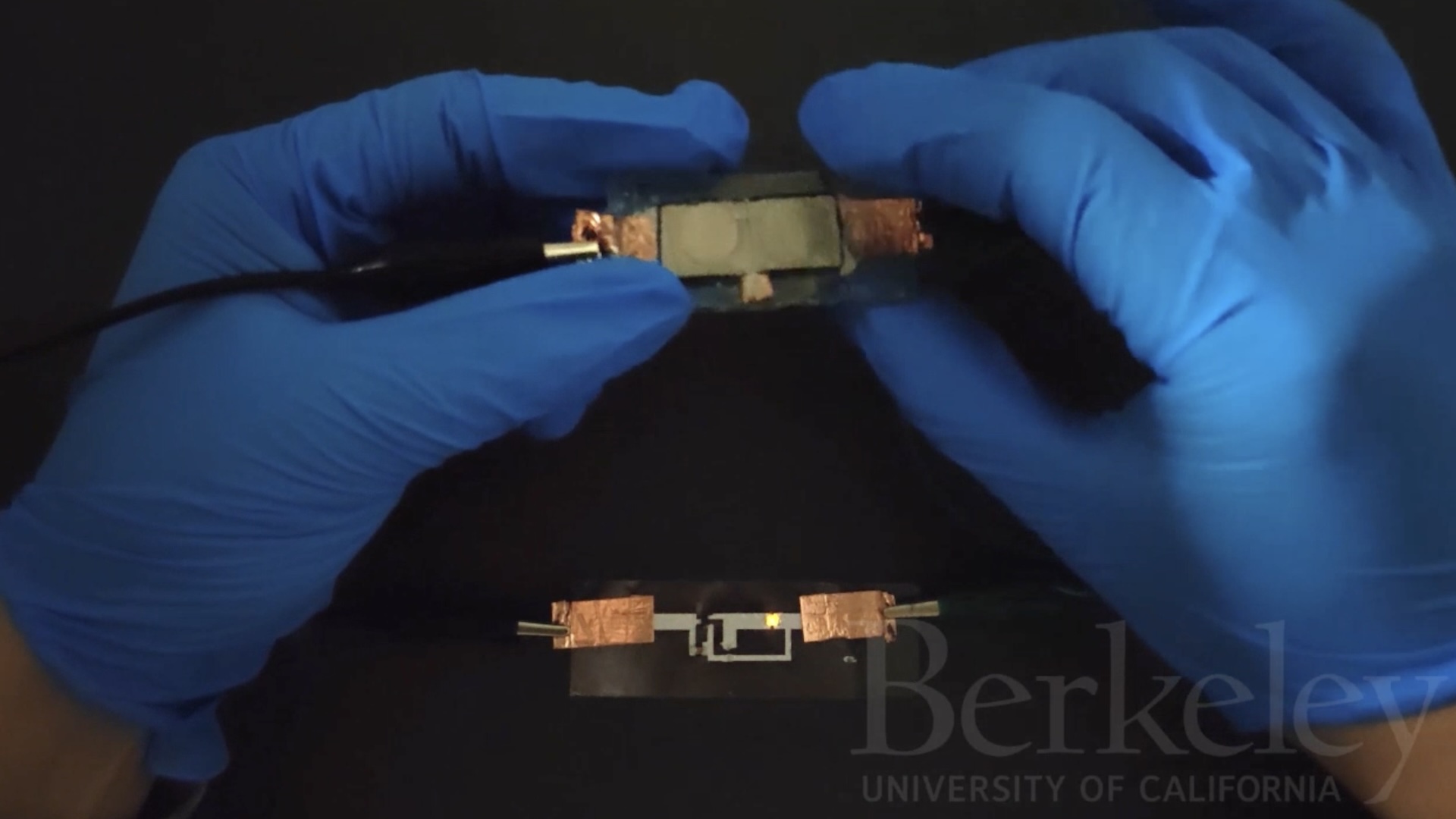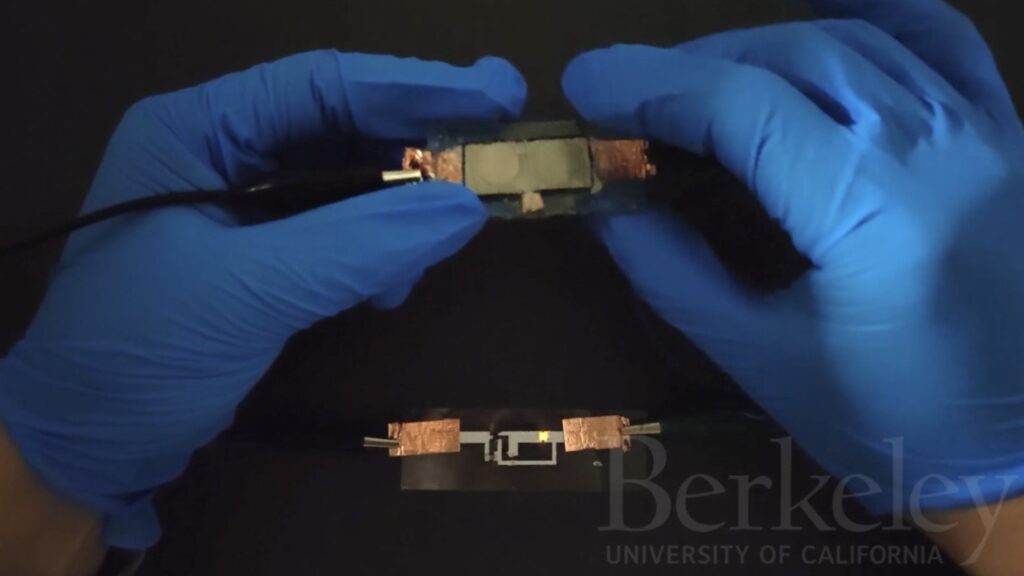
Scientists have created a stretchable, flexible, self-healing hydrogel battery that’s free of the toxic components and moisture-related problems that have previously stood in the way of such products. The researchers demonstrated its robustness by cutting, stabbing and aggressively twisting it.
Conventional soft lithium-ion (Li-ion) batteries have suffered from performance degradation that arises from moisture penetration. They also pose potential safety risks from toxic, flammable electrolytes, the scientists said.
To address these challenges, the researchers developed an electrolyte with a fluorine-free lithium salt. They outlined their findings in a study published April 9 in the journal Science Advances.
Hydrogel batteries use water-based electrolytes, which are nonflammable and less prone to leakage or explosions than are Li-ion batteries. The prototype stretchable Li-ion battery utilizes hydrogel as both electrolyte and separator. Because they are fluorine-free, they are also safer for the environment and less toxic to humans, the scientists said in the study.
Enduring ‘torture’
The team tested the prototype batteries in a range of situations they described as “torture”. The devices were attacked with sharp blades, cut, stabbed, twisted, and exposed to extreme heat and humidity.
The battery retained or maintained stable operation and demonstrated stable ambient operation for more than 500 charge-discharge cycles over one month.
Related: ‘Springy’ solid-state battery is twice the width of a white blood cell and could drastically increase EV range
The hydrogel maintained a 19% water content at 50% relative humidity, allowing for effective battery operation without rigid packaging. In contrast, standard Li-ion batteries often require rigid, hermetic packaging to provide enough protection for them to function reliably.
The self-healing hydrogel, electrolyte and elastomer package enabled the battery to regain about 90% of its original capacity, even after sustaining a cut.
The hydrogel batteries’ water-based electrolytes rely on polymeric structures, which reduce material density but, consequently, limit charge-holding capacity. Li-ion can reach 200 to 300 watt-hours per kilogram (Wh/kg), whereas hydrogel batteries range from 50 to 150 Wh/kg.
Traditional batteries are more suitable for high-energy applications, like electric vehicles and large-scale power storage. Hydrogel batteries, on the other hand, are better for next-generation flexible electronics. These include products such as flexible fitness trackers, biosensors and health monitors embedded into clothing, as well as smart garments with built-in heating elements or LED displays. Their self-healing characteristics mean that operations can be continued without interruption or need for replacement.
Space exploration would also benefit from the improved resilience of a battery capable of flexibility and self-healing, as would underwater robots, which have the additional need for water resistance and salt tolerance.
